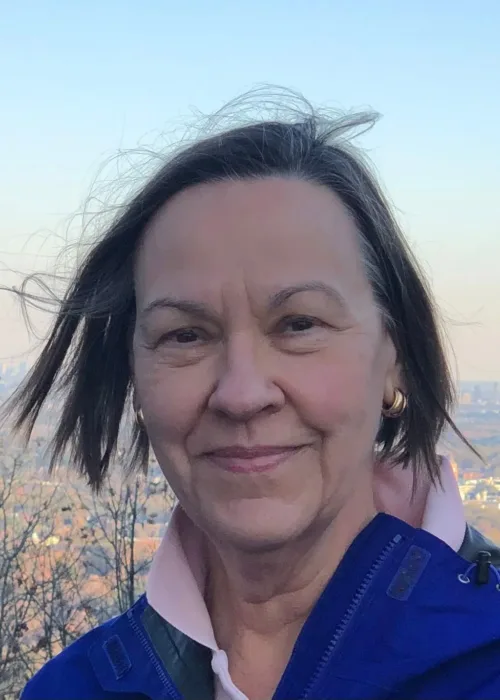Welcome!
Pines and Prairies Chapter of the Native Plant Society of Texas serves the residents of Montgomery County and the nearby counties of Walker and Grimes.
Chapter News
Work and Learn Opportunities
- Weekly at Jesse H. Jones Nature Center, 20634 Kenswick Dr, Humble, TX, on Wednesdays, 9am to noon
- Weekly at the Mercer Society propagation workroom, Hirschfield Rd nursery, on Wednesdays, 9am to 11am
- Weekly at New World Botanical, 2701 Lone Star Parkway, on Thursdays, 9:30am to noon
Upcoming Events
- There are no upcoming events.
About Pines and Prairies Chapter
Formed in December 2020, the Pines and Prairies Chapter was approved by the State Board of the Native Plant Society of Texas on January 23, 2021. The Chapter serves the residents of Montgomery County, Texas, and the nearby Walker and Grimes counties. Charter Members are Carol Childres, Kim Cox, Bob Dailey, Aram Derewetzky, Don Dubois, Kathie Herrick, Carolyn Langlinais, David Lemons, Teri MacArthur, Gail McConnell, Mike McGee, Paul Nelson, Martin Simonton, Carson Stokes, and Anita Tiller. Carolyn Langlinais, President of Heartwood Chapter, Texas Master Naturalists, wrote a letter in support of forming a new Native Plant Society of Texas chapter. John Ferguson, owner of Nature’s Way Resources, sponsored the chapter’s formation.
Officers, Directors, and Botanical Advisors
- Seven elected positions form the Board of Directors: President, Vice-President and Program Chairperson, Treasurer, Secretary, and three At-Large Directors.
- Botanical Advisors, native plant specialists by training and experience, review all botanical resources and Chapter promotional materials and assist with training opportunities.

President
A Montgomery City resident since 2010, Amy Birdwell joined the Society in 2022 to connect with other native plant champions.

Vice President and Program Chairperson
Alicia Mein-Johnson is a naturalist at Jesse H. Jones Park and Nature Center, which, from her home, is a short

Secretary
Helen Capozzelli was born and raised in New Jersey and got to Texas as fast as she could in 1980.

Treasurer
Anne Blount earned her B.S. in Food Science way back in the 70s, and passed the CPA exam in Louisiana

Director at Large
Mimi Posey’s interest in native plants began years ago with xeriscape gardening in Denver. She moved to Houston in 2008


Director at Large
Jay Gowen‘s interest in native plants began in 2014 when he moved to Montgomery County and saw the abundance and

Botanical Advisor
Anita Tiller serves as botanist and conservation manager for Mercer Botanic Gardens, Harris County since December of 2000. Tiller directs

Botanical Advisor
While Don Dubois’s formal training is chemistry with a PhD from the University of Kansas, he has always been fascinated

Botanical Advisor
Kathie Herrick holds a bachelor’s in biology from Grinnell College and masters degrees in botany and teaching of science from


